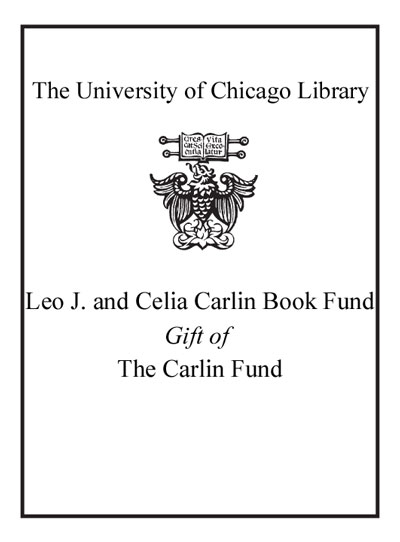Review by Booklist Review
Jason has developed just the style to do up noir crime stories smartly. Long, lean figures in loose clothes (to pack heat unobtrusively); faces rendered inscrutable by making them those of animals; the meager northern light of Jason's native Norway (see The Iron Wagon0 , 2003) and his present abode, Paris; tres0 subdued color schemes--with such elements, noir's a snap. Of course, the animal heads add a tinge of absurdity, but didn't peculiar-pussed character actors do the same for the great noir flicks? Speaking of peculiar pusses, they're all over this time because the main characters are Hemingway, Fitzgerald, Pound, and Joyce, with Hadley, Zelda, Gertrude Stein, Sylvia Beach, and tough young Frenchman Jean-Paul (nah, couldn't be) in the supporting cast--and is that irate Sherwood Anderson on page 14? Anyway, they're poor, struggling graphic novelists in 1920s Paris, who decide a heist will relieve their plight. Going over the same ground from each perp's perspective adds interest to a caper that's slight compared to the artist's Tell Me Something0 (2004). --Ray Olson Copyright 2006 Booklist
From Booklist, Copyright (c) American Library Association. Used with permission.
Review by Publisher's Weekly Review
Using only a few pages, Jason manages to craft two different stories that happen to star the same characters. The characters are F. Scott Fitzgerald, Ernest Hemingway, James Joyce and other literary giants as they live their legendary bohemian lifestyles in Paris. Except in this story they aren't writers but cartoonists, with comics being the height of culture in this alternate world. Not only are these writers now comic book creators, they are distinctly comic book characters as Jason has transformed them into his trademark anthropomorphic dogs and birds. As these characters contemplate their lives, Fitzgerald in particular is down and out. The book is a comment on the literary acceptance comics have been getting in recent years. All the anxieties these creators have to deal with are just as relevant to writers and cartoonists now as they were for the Lost Generation. Then, in a rather abrupt twist only Hemingway could be responsible for, the group decides to rob a bank, turning into a Tarantinoesque caper complete with different perspectives on the same chaotic event. Jason's clean, comfortable art and droll storytelling keep everything together through all the stylistic flights of fancy. (Aug.) (c) Copyright PWxyz, LLC. All rights reserved
(c) Copyright PWxyz, LLC. All rights reserved
Review by Library Journal Review
"No one is buying my comics," moans Ernest Hemingway to wife Hadley, and the next day he punches out a critic on the street. It's 1920s Paris, and Hemingway, Ezra Pound, F. Scott Fitzgerald, and James Joyce are-cartoonists? Drawn as goofy, anthropomorphic animals by Harvey awardee and Norwegian Jason, the penniless quartet hang out in their favorite watering holes while dissing tourists and other "cartoonists": Gertrude Stein ("unreadable"), Dostoyevsky ("all his characters look alike"), even Norwegian Nobel laureate Knut Hamsun ("you've got to leave some white space!"). Fitzgerald drinks too much and has Zelda trouble, but the drollery cranks up a more serious turn of events when Hemingway proposes to end their money troubles by staging a heist. Matters do not go as planned, and the plot unravels through repeat tellings from multiple perspectives, Rashomon-style. With flirtatious, conniving Zelda as ?minence grise, double-cross becomes triple-cross, and nearly everybody winds up dead or still poor. It's a cartoonist's conceit to relate comic art to the Lost Generation literary lights of the past, and the results are both droll and sad. Nothing graphically offensive, but there are sexual issues. Especially suitable for academic libraries. For ages 16+.-M.C. (c) Copyright 2010. Library Journals LLC, a wholly owned subsidiary of Media Source, Inc. No redistribution permitted.
(c) Copyright Library Journals LLC, a wholly owned subsidiary of Media Source, Inc. No redistribution permitted.
Review by Booklist Review
Review by Publisher's Weekly Review
Review by Library Journal Review

